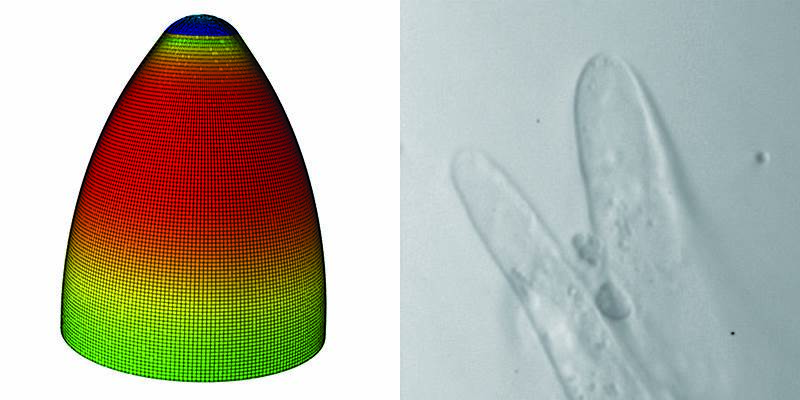Researchers aim to make US cotton more valuable

US-based Perdue University has been awarded a grant of $2.3 million by the National Science Foundation to investigate how to make US cotton more valuable by improving the shape and length of fibres.
The US grows high-yielding types of cotton that have fibres that are thicker and shorter than their luxury pima cotton from Egypt.The university estimates that by improving the shape and mechanical properties of cotton cells they can boost the $25 billion US cotton industry.
Purdue University cell biologist Dan Szymanski, the principle investigator, believes he can manipulate the cell walls of the higher-yielding G.hirsutum cottons.
Mr Szymanski said: “The first step is to clearly define the underlying regulatory circuits that control fibre cell wall properties and morphology. The next step will be to create mechanical models of the cell that, through cycles of experimenting, modelling and refinement, can predict how to engineer specified fibre traits.”
The blending of biology, engineering and statistics will be key. Jun Xie, a professor in the Department of Statistics, said: “Once we determine which gene and protein interactions are important, which ones are related to the particular phenotypes we’re interested in, we can use them to make predictions and even engineer for enhanced cotton traits.”
Photo: A finite element computation model of a growing cotton cell (left) simulates the shape and growth properties of the cotton fibre (right). Photos courtesy of Dan Szymanski








